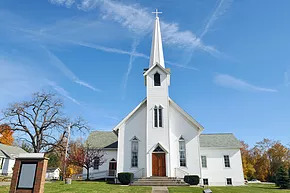Why Do Churches Have Steeples?
The cute children’s hand game accompanying this rhyme highlights what is perhaps the most recognizable feature on the classic, simple church: the steeple. A typical church steeple rises up from the structure of the church, first with the clock tower, then the belfry, then the lantern, and finally topped with the cone-like spire, scraping the sky and often sporting a solitary cross or other iconic topper. Why do churches have steeples? Let’s delve a little bit into colonial church steeple history.
In early settled America, the church was typically one of the first buildings put up when settlers established in a new area. No other buildings built thereafter in the community were made larger, with the possible exception of a few barns. Even today, local churches from these early periods stand across the U.S. as some of the oldest buildings around.
Churches of all sects were often the center of their communities. Accurate clocks could be difficult to come by, so the bells and clock tower components of churches alerted the community to the correct time — often, time to head to the church for worship. The upward sweep of spires not only attracted people to the center of town and local activity, it also drew eyes symbolically heavenward.
The overall steeple and church design came from influential builders in Europe and Britain, but American colonists made it their own with the simple materials and tools they had to work with. The most distinct about American colonial church steeples is their tendency to be white. There wasn’t much quality metal to speak of in early America, so colonists often defaulted to wood for church construction. In those days, most anything wood was quickly whitewashed for the wood’s protection.
Avoiding steeple repair was preferred, especially when it came to larger churches that wanted to avoid an accident on the tall roof. Larger, wealthier churches sometimes opted for copper plating, specifically on the spire, to cut down on future maintenance. Although the copper was expensive, it can last up to a century. Because of this, green-painted spires are a common sight on top of white steeples in America.
So that’s a tiny bit of church steeple history for you! From a practical clocktower to a British-built trend, to a center of early colonial American community, the steeple has had a long journey.




